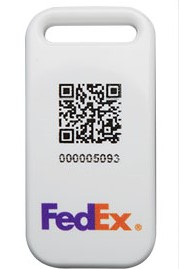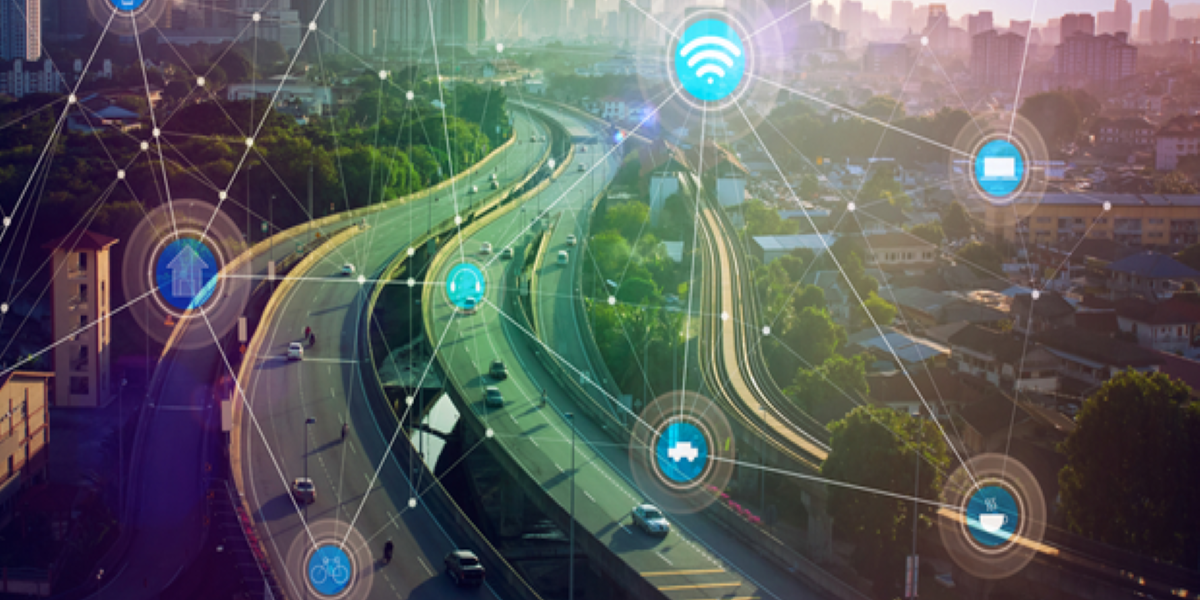After nine long months of battling the ongoing pandemic and months of preparation for the COVID-19 vaccine, there is finally light at the end of the tunnel. On December 11, 2020, the FDA issued the first emergency use authorization of Pfizer-BioNTech’s COVID-19 vaccine to be distributed in the U.S. An estimated 3 million vaccine doses have already been shipped throughout the U.S with more to come before end of year.
So, what’s Bluetooth’s role in the distribution and tracking of the vaccines? Among the major transportation companies shipping the vaccine, FedEx was the first to ship the first wave of the COVID-19 vaccines across the United States. Back in September of 2020, FedEx launched their SenseAware ID, a lightweight, compact sensor that transmits precise package location data every two seconds via Bluetooth Low Energy (BLE) to WiFi access points or established gateway devices throughout the FedEx Express network. The sensor which only weight 7 ounces can also detect GPS and changes in temperature, pressure, shock/vibration and light.

Vaccine shipments affixed with the SenseAware ID can provide real-time data about the location of the shipment and send real-time alerts in the event weather or traffic delays occur during transit.
Leveraging low energy Bluetooth sensors allows for a considerable reduction in weight and energy demands of the device, making it more reliable, scalable, and environmentally-friendly.








